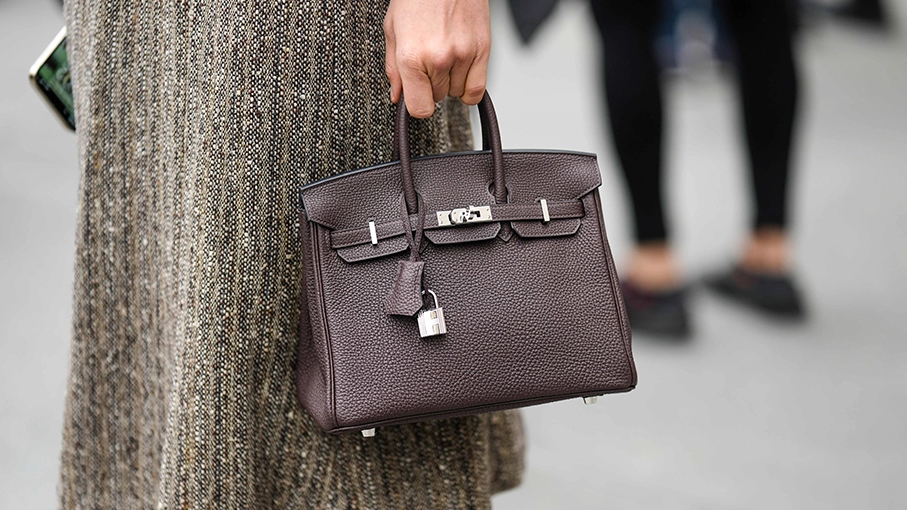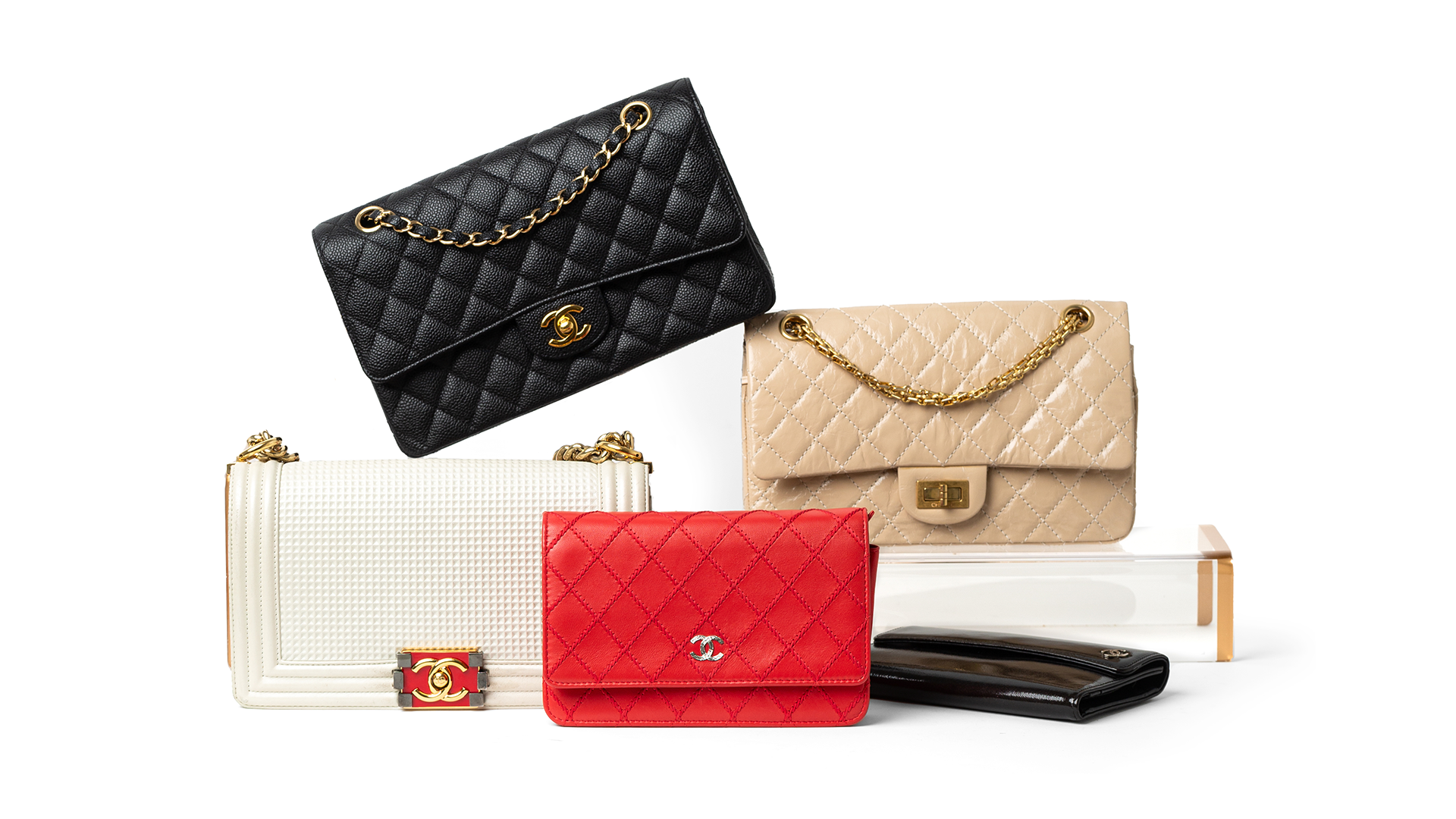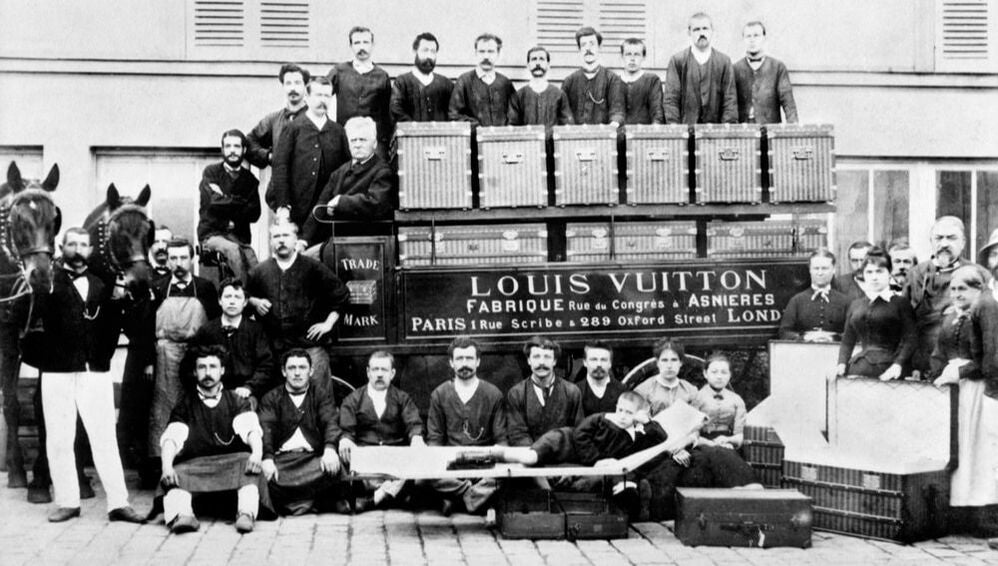
The Genuine Issue: Counterfeits, Authenticity, and the Luxury Bag Market
The luxury bag industry is a world of elegance, craftsmanship, and exclusivity. But lurking in its shadows is the dark underworld of counterfeit goods. With knock-offs getting increasingly sophisticated, the lines between real and fake are blurring, and the impact on both consumers and the industry is significant. In this blog, we delve into the ramifications of counterfeit goods on the luxury market, how to identify fakes, and why it’s crucial to invest in authentic items.
The Economic Toll of Counterfeits
The Global Brand Counterfeiting Report suggests that the losses incurred due to online counterfeiting globally have surpassed $300 billion. Luxury brands are some of the hardest hit, losing not only revenue but also brand integrity and customer trust. Counterfeit luxury bags may look similar to the authentic ones but compromise on quality, craftsmanship, and ethical manufacturing processes.

Impact on Consumers
Counterfeits create distrust among consumers, making them skeptical about spending large amounts on luxury items. There's the added risk of unintentionally purchasing a fake product, which leads to dissatisfaction and dilutes brand loyalty.
Identifying Fakes: Spot the Difference
Authenticating a luxury bag can be a nuanced and complex process, but there are some universal tips that could serve as starting points:
Material Quality
Authentic luxury bags are made using high-quality materials, be it leather, hardware, or lining. The material on a fake will feel cheap, synthetic, or flimsy.
Craftsmanship
Real luxury bags showcase impeccable craftsmanship, from neat stitching to flawless logos. Counterfeit items often display uneven stitching, gaps, or even glue residue.
Serial Numbers and Tags
Legitimate luxury bags come with unique serial numbers and sometimes authenticity cards. These details are usually absent or poorly executed in counterfeit bags.
Packaging
Authentic items come packaged meticulously with high-quality materials. Fakes often overlook this detail and come in low-quality dust bags, boxes, or even plastic wraps.
Price
If a deal looks too good to be true, it probably is. Luxury items rarely go on massive discounts, so a significantly low price can be a red flag.
The Importance of Authenticity: Beyond the Bag
Ethical Considerations
Counterfeit items often emerge from unauthorized factories with subpar working conditions. By investing in authentic items, you also support ethical manufacturing practices.
Resale Value
Authentic luxury bags often hold or even appreciate in value over time. Counterfeit items have no resale value, making them a poor investment.
Emotional Value
Owning an authentic luxury bag adds an emotional layer to the experience. It becomes an heirloom piece that can be passed down through generations, retaining its elegance and worth.
Conclusion
In an era where counterfeit items are becoming increasingly sophisticated, it's vital to be vigilant when investing in a luxury bag. The allure of a lower price tag may be tempting, but the costs—both tangible and intangible—are far greater. Authenticity guarantees not just a product, but an experience—a slice of luxury that counterfeits can never replicate.
Be educated, be aware, and invest in authenticity; because luxury is not just a bag, it's a statement of your individuality and a testament to your taste.





